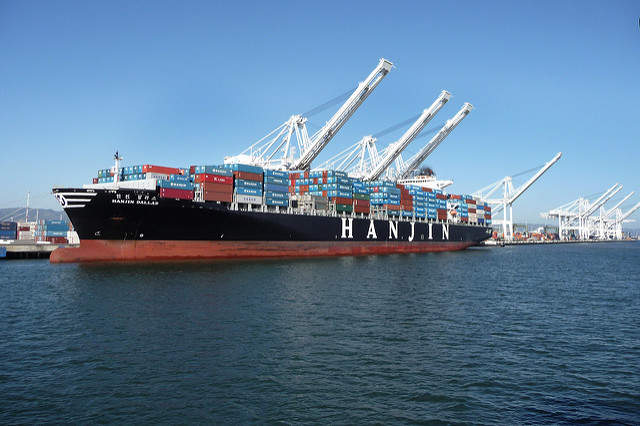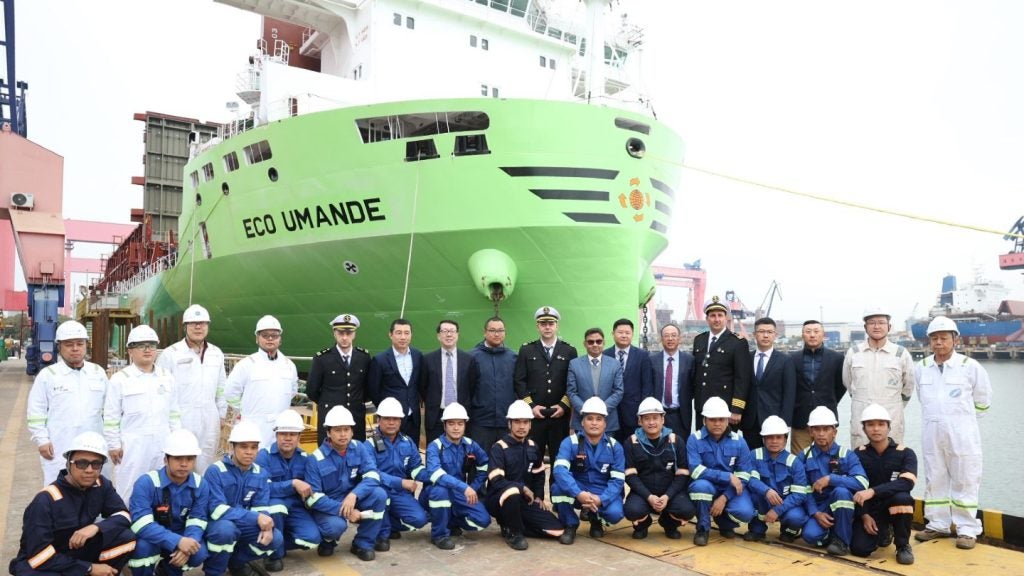
The global financial crisis of 2008-2009 couldn’t have come at a worse time for the shipping industry. Riding the tide of globalisation in the early noughties, international shipping companies had placed orders for new vessels, while the container sector began to advocate the use of bigger ships, arguing that they would boost efficiency and reduce operating costs.
However, the subsequent difficult years saw a decline in trade, leading to an overcapacity problem that continues to plague several areas of the shipping industry. With cargo supply massively outstripping demand, the prices shipping lines could feasibly charge to transport cargo dwindled.
With companies going bankrupt or having their profits slashed by reduced freight rates, it’s little surprise that these effects have trickled down to the people manning the ships.
In 2017, the International Seafarers Welfare and Assistance Network (ISWAN) released the official annual report for SeafarerHelp, its confidential helpline that has often been used as a marker for employee trends in the industry. The report showed that seafarers were hit hard by reduced freight rates caused by overcapacity in 2016, with a record number of new calls from workers concerned about wages being paid, keeping their careers, and abandonment.
“Shipping is always the first to feel the squeeze when trade goes down,” says Andrew Linington, director of campaigns and communications at global seafarers union Nautilus. “Obviously, seafarers get squeezed sometimes because of shipowners clinging onto the hope that there’s going to be a chart around the corner.”
Abandoned at sea
The SeafarerHelp report noted a 37% increase in the number of new cases dealt with in 2016 compared to the previous year. At the top of the list were seafarers seeking employment, with 18.07% of calls, while issues involving wages and salaries not paid were in second place at 16.13%.
How well do you really know your competitors?
Access the most comprehensive Company Profiles on the market, powered by GlobalData. Save hours of research. Gain competitive edge.

Thank you!
Your download email will arrive shortly
Not ready to buy yet? Download a free sample
We are confident about the unique quality of our Company Profiles. However, we want you to make the most beneficial decision for your business, so we offer a free sample that you can download by submitting the below form
By GlobalDataIn addition, crew abandonment was one of the most dispiriting occurrences to be linked with shipping’s economic woes in 2016. Shipowners facing bankruptcy or the threat of being arrested by debtors lead to vessels being stranded at ports and crew members not being paid.
In August 2016, overcapacity and lower freight rates left former industry leader Hanjin Shipping with debts totalling more than £5bn. Ports began refusing entry to the company’s ships, leaving more than 2,500 sailors at sea without pay and with few resources to live on. In the months of uncertainty leading up to Hanjin declaring bankruptcy in February 2017, investors lost money while many seafarers lost their jobs.
Beyond causing unemployment, this financial catastrophe lays bare the effect that struggling trade can have on future recruitment in the industry.
“When you get things like this it has this really pernicious effect upon the way the public see the industry and, most importantly, the way the young people perceive it,” says Linington. “If they’re hearing stories about seafarers stranded without pay for over a year, [this is going to] have a very damaging impact on long-term recruitment and [the industry’s] ability to attract the intelligent people that it needs for the future.”
Competition and operating costs
Meanwhile, seafarers were also badly affected by the oil price crash of 2014. A report by consultancy AlixPartners showed that the price of oil dropped by more than $100 a barrel in January 2014 to less than $30 a barrel in January 2016. Decreased demand for oil rigs led to the fall of contract prices for offshore supply vessels, leaving them in jeopardy.
According to Linington, this problem has contributed to such companies pursuing aggressive and often unjust payment practices. In 2016, the Malaviya Seven supply vessel was detained twice in the UK due to the operating company’s failure to pay the crew their wages, which reportedly totalled more than £600,000. The sailors were left abandoned on the ship for more than a year, with several of them only being repatriated after the vessel was bought at auction in October 2017.
In troubled economic climates, the competitiveness of the shipping industry comes to the fore. Some shipping companies in the North Sea, where Nautilus is focused, have often treated seafarers as purely another expense standing in the way of them getting ahead.
“The blunt reality is that because shipping’s a globalised business, shipowners do shop around for their crew,” says Linington. “So you have that competition to begin with and as we’ve discovered that’s compounded by Indian crew who weren’t even being paid their Indian wages. So it creates this sort of real unfairness in terms of competition, and the competition tends to get dragged down to the lowest common denominator.”
There’s still a degree of uncertainty with regards to shipping’s economic climate moving forward. Recent analysis by research consultancy Drewry claimed that the Global Freight Rate Index was around 36% higher in the first six months of 2017 versus the same period in 2016. Nevertheless in June 2017, Fitch Ratings reported that net capacity growth would accelerate in 2017 and 2018, and supply is still likely to exceed demand.
One of the major themes for container shipping this year has been consolidation. It’s believed that mergers and acquisitions (M&As), such as Maersk’s $4bn takeover of smaller rival Hamburg Süd, could reduce freight rates through improved capacity management. However, M&As are expected to lead to some seafarers being laid off during repositioning, according to Fitch Ratings.
Looking to the future
Seafarers’ plight has been recognised by numerous support networks, including ISWAN and Nautilus, as well as the International Transport Workers Federation (ITF), which represents more than 4.5 million workers from around 150 countries. But enhanced regulation could be the best way to protect seafarers from the effects of future economic problems.
In January 2017, the International Labour Organization enforced amendments made to its Maritime Labour Convention (MLC), which sets out the minimum working and living rights for seafarers from 79 member states. The changes compel shipowners to ensure compensation to seafarers and their families in the event of abandonment.
ISWAN believes that these amendments played a role in the increasing number of seafarers calling its helpline, as they became more aware of their rights and that shipowners are duty-bound to heed them. But, according to Linington, this is exactly why there needs to be a sustained focus from organisations, such as the International Chamber of Shipping, on getting countries outside the system to opt in.
“One of the areas where there have been a lot of problems in recent times is the Middle East, where there’s been a real concentration of ships with lots of crews laid off,” says Linington. “It’s possibly no coincidence a lot of the countries in the Gulf have not ratified the MLC.”
In addition, work needs to be done to improve the way the MLC is enforced. While port security control inspectors can easily see if a ship has a defective lifeboat or a lack of provisions, Linington claims some shipping companies have been known to use “interesting book-keeping techniques” to hide corrupt activities. Looking to examples of strong enforcement could be beneficial.
“We’ve seen in some parts of the world, such as Australia, that there have been a lot of ships that have been not just detained but banned because of MLC infringement, which is something we’ve been trying to step up in the UK,” he says.
Shipping’s economic future may be unclear. However, the MLC has assured many seafarers that in times of trouble they do have rights, and with continued support from labour organisations the reach of these could be extended even further.







